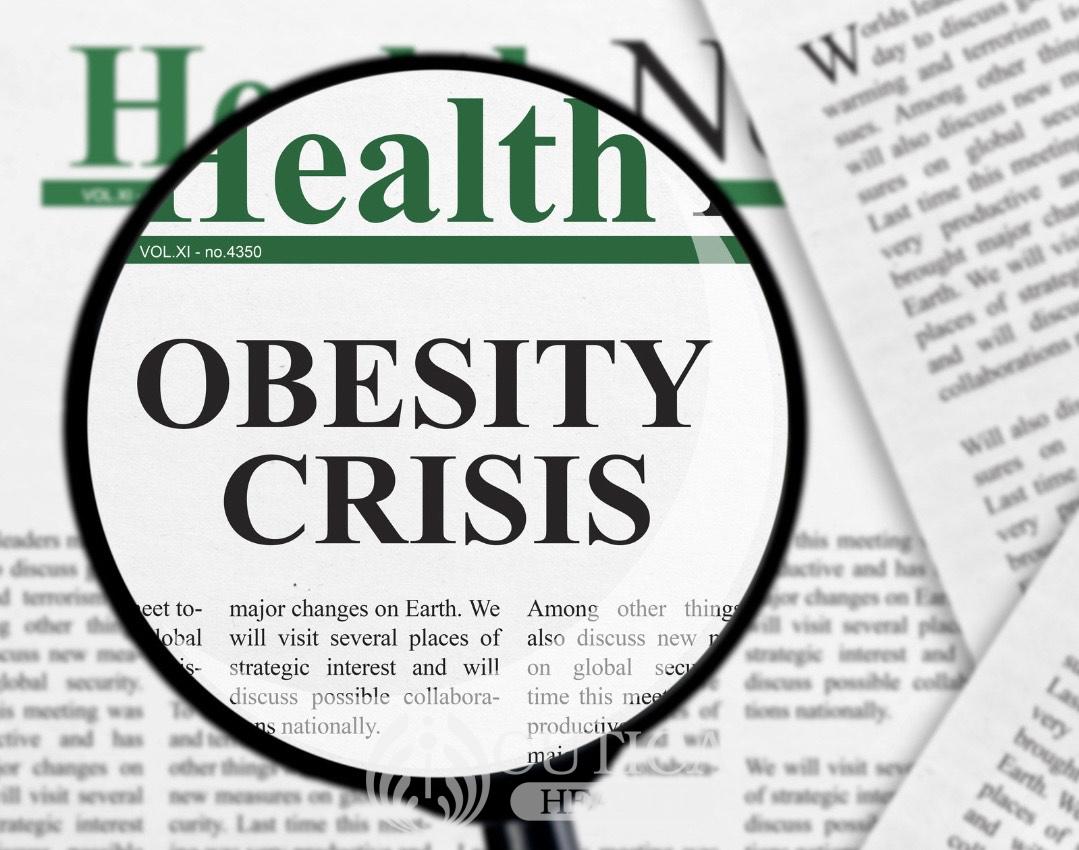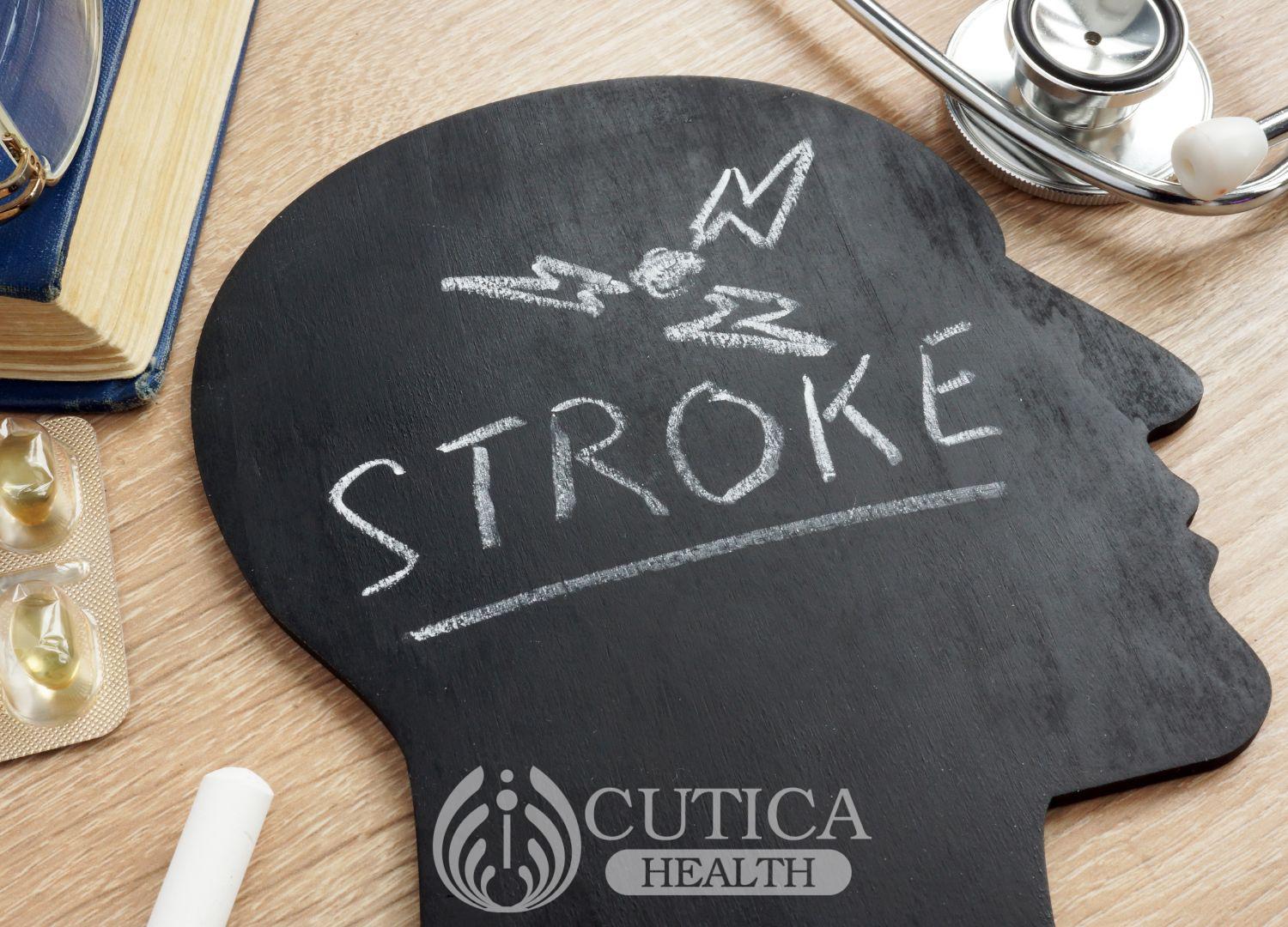
Stroke! Very scary word but has a very simple explanation. Stroke is an accident, an accident that results in damage to a part of the brain due to loss of blood flow to that part. "Brain? I thought stroke affected the legs, hands and other parts?" Yes, you are right, but, those parts affected are simply the parts controlled by the brain. Stroke is therefore a medical emergency with several possible causes.

Causes of stoke:
High Blood Pressure: You should strive to keep your blood pressure at or below 120/80. If your blood pressure is higher, it doesn't mean you'll have a stroke the next day, it simply means, you should make lifestyle changes that will take down the numbers. This is very important because high blood pressure is the commonest risk factor for stroke. So, keep an eye on your blood pressure to keep stroke at bay.
Diabetes: Diabetes is a bad deal any day! Diabetes predisposes to high blood pressure which in turn predisposes to stroke. Diabetes also damages the blood channels, making stroke more likely. So, to avoid this unfortunate chain of events, keep diabetes off! Take down sugar, increase your physical activity, reduce weight and keep an eye on your numbers!

Smoking: Do you know why cigarette labels bear the warning that "smokers are liable to die young?" Very simple-- it’s because they are! Smoking thickens your blood, making it more likely to clot, block off blood supply to your brain, and down you come with a stroke-- an avoidable one!
Although stroke often happens suddenly, there are times when you "catch" it and nip it in the bud! Yes, stroke at times develops gradually!
How to "catch" an emerging stroke and nip it in the bud!
Yes, experts have formed the acronym to act FAST! By this, they mean:
F for Face: look at the face of the individual, is face drooling or sagging? This is an important sign of a developing stroke.
A for Arm: look at the arm. Can the person lift the arm, or can they hold it up when you lift it or is the arm weak? If yes, a stroke might be developing.
S for Speech: Speak to them and encourage the person to respond. Are they responding normally or is their speech slurred or lips deviated to one side? Slurred speech is one of the signs of a developing stroke.

T for Time: this component of the acronym is to underscore the importance of time-- time counts! Call the ambulance if you have access to one, or you be the ambulance! Call for help and get the individual to a specialist medical center. Advances in stoke therapy mean that if you act FAST, by looking at the Face, Arms, Speech and Time, doctors can limit the toll of stroke on the body and may even be able to reverse the effects if you act within six hours!

Take-home message: Stroke is a medical emergency with several risk factors including overweight, smoking, and high blood pressure. You can lower your risk of this deadly condition by managing your lifestyle and diet and monitoring your health if you have any predisposing condition.












